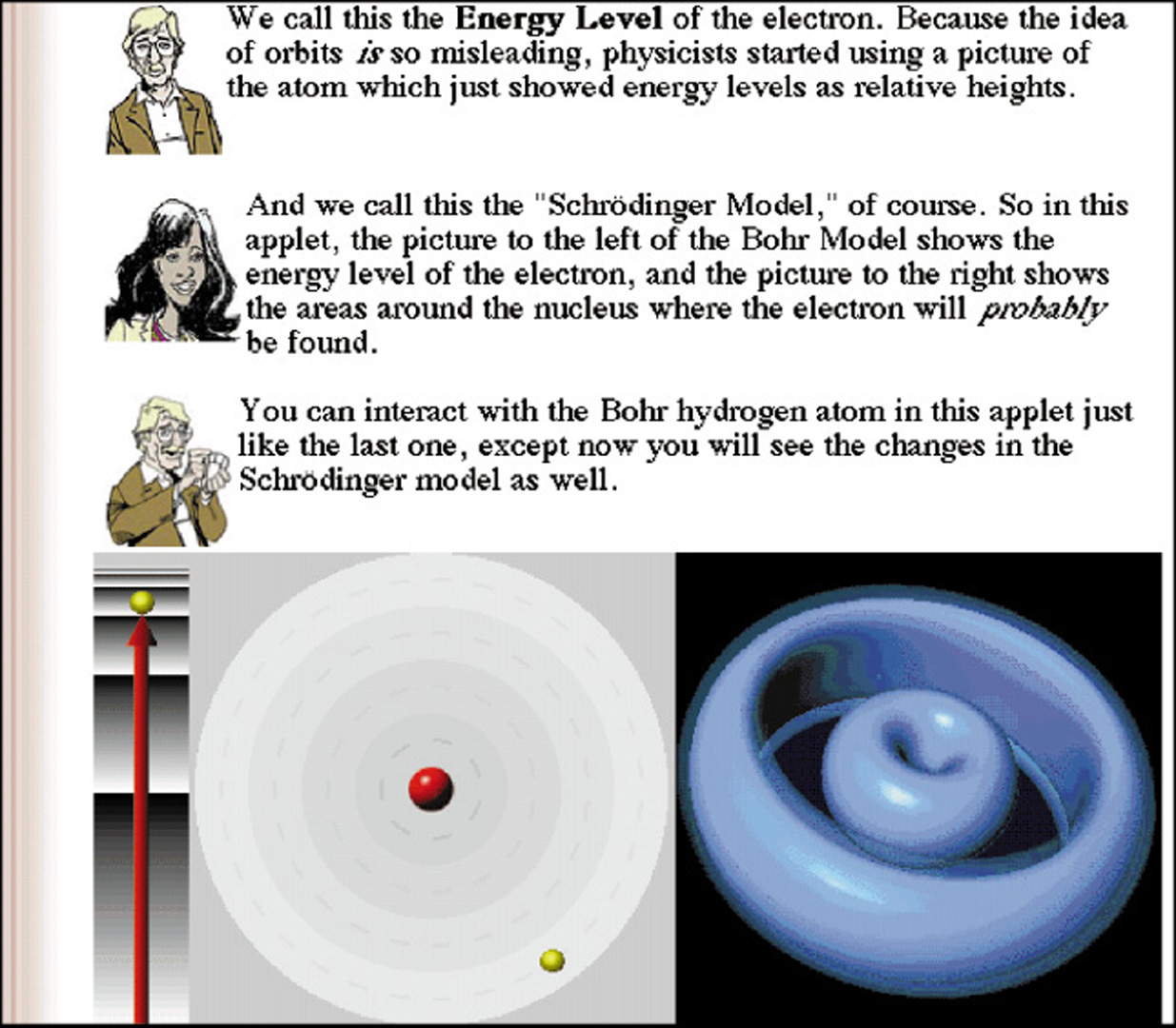“The Physics 2000 Project: Interactive Physics on the World Wide Web” by Goldman and Rea
Conference:
Type(s):
Title:
- The Physics 2000 Project: Interactive Physics on the World Wide Web
Presenter(s)/Author(s):
Abstract:
Created by leading researchers, the Physics 2000 Project has generated an innovative interactive Web site1 designed to make modern physics and technology accessible to K-12 students, college students, and the general public. A key element in the success of this ambitious project has been the use of Java applet technology to create over 35 “virtual experiments” that are controlled using the computer mouse. By combining graphics primitives, concurrent threads, and GUI input events, Java permits rich inter-active animations to run locally on Web clients.
Users of Java-enabled Web browsers such as Netscape 3.0 find their screens transformed into a laboratory containing experiments ranging from an X-ray fluoroscope2 and CAT-scans3 to interactive laser and magnetic-evaporative cooling4 for creation of the Bose-Einstein condensate. This “virtual” laboratory has certain advantages over real laboratories. It allows the user to see the physics concepts as they are visualized by leading scientists. These dynamical visualizations convey far more than static text, or even a real experiment. Interactivity further enhances the learning experience.
For example, when charges are shaken (using the mouse), the users see how the electric lines of force wiggle5 and an electromagnetic wave is launched. The frequency can be varied and the user notes that this affects the wavelength. An option to derive the algebraic relation among wave speed, wavelength, and frequency is offered. In another applet, users shine different colors of light on an atom and observe how the electrons change in energy and position. These and other interactive virtual experiments are demonstrated in this paper.







